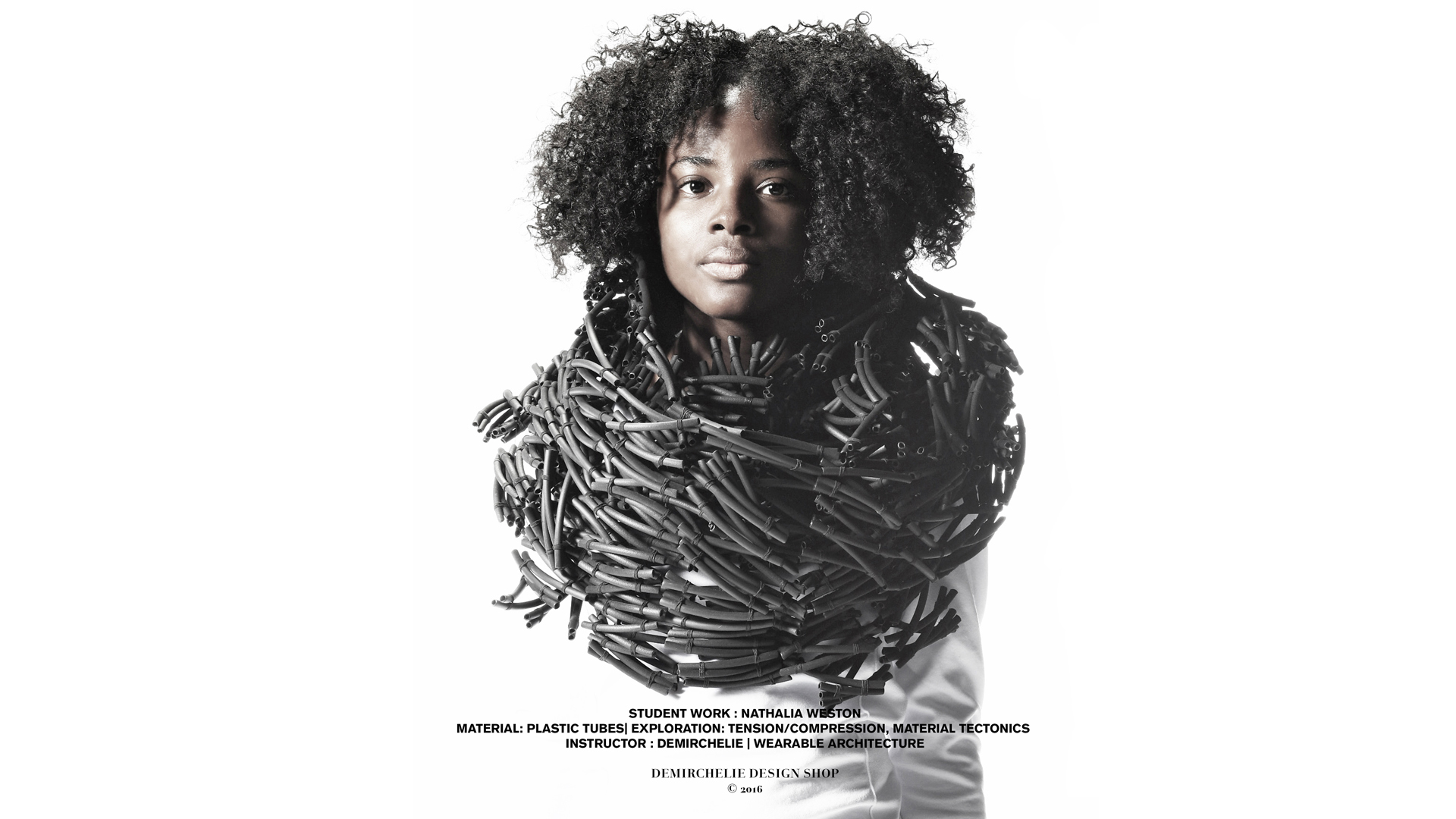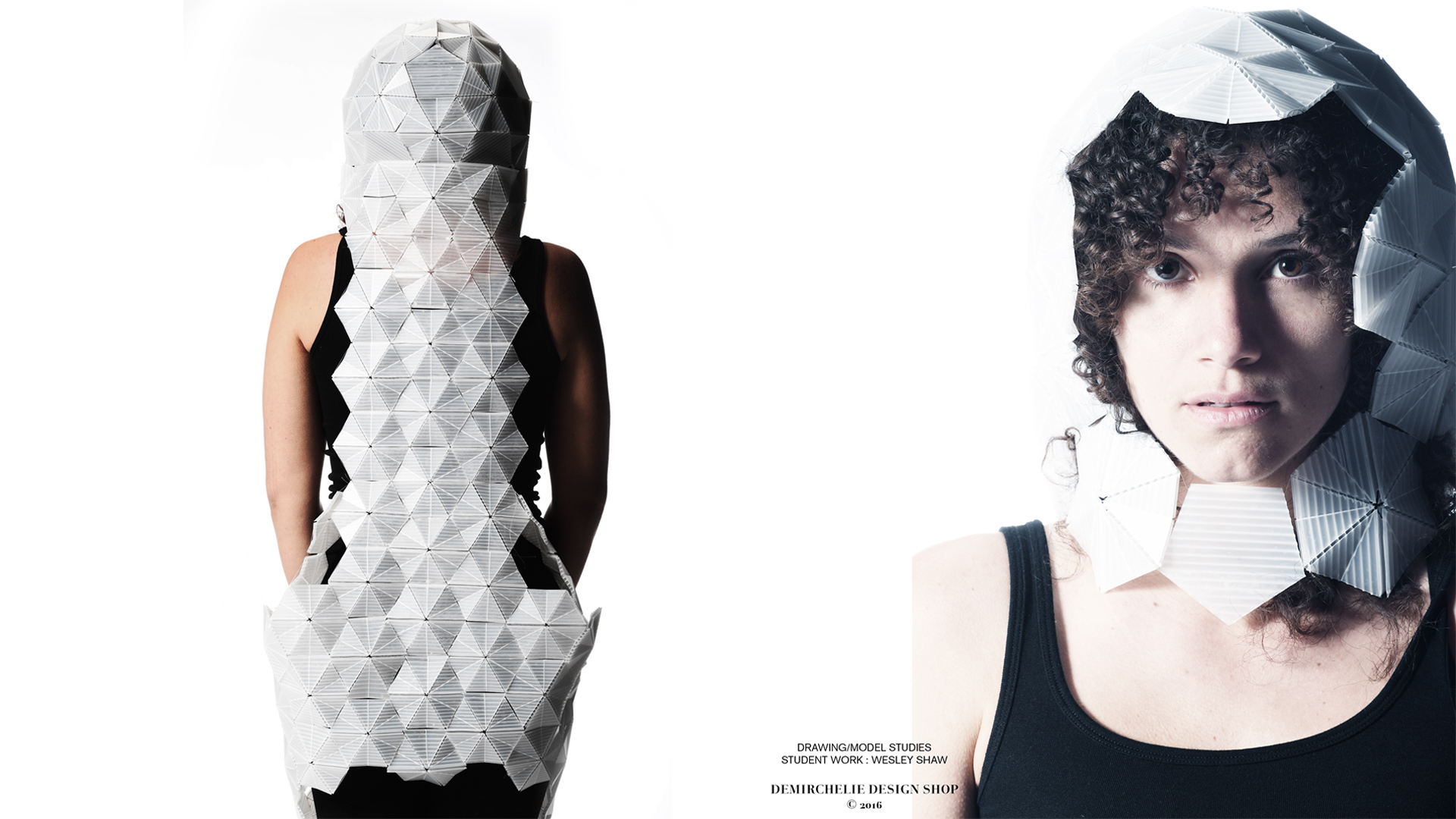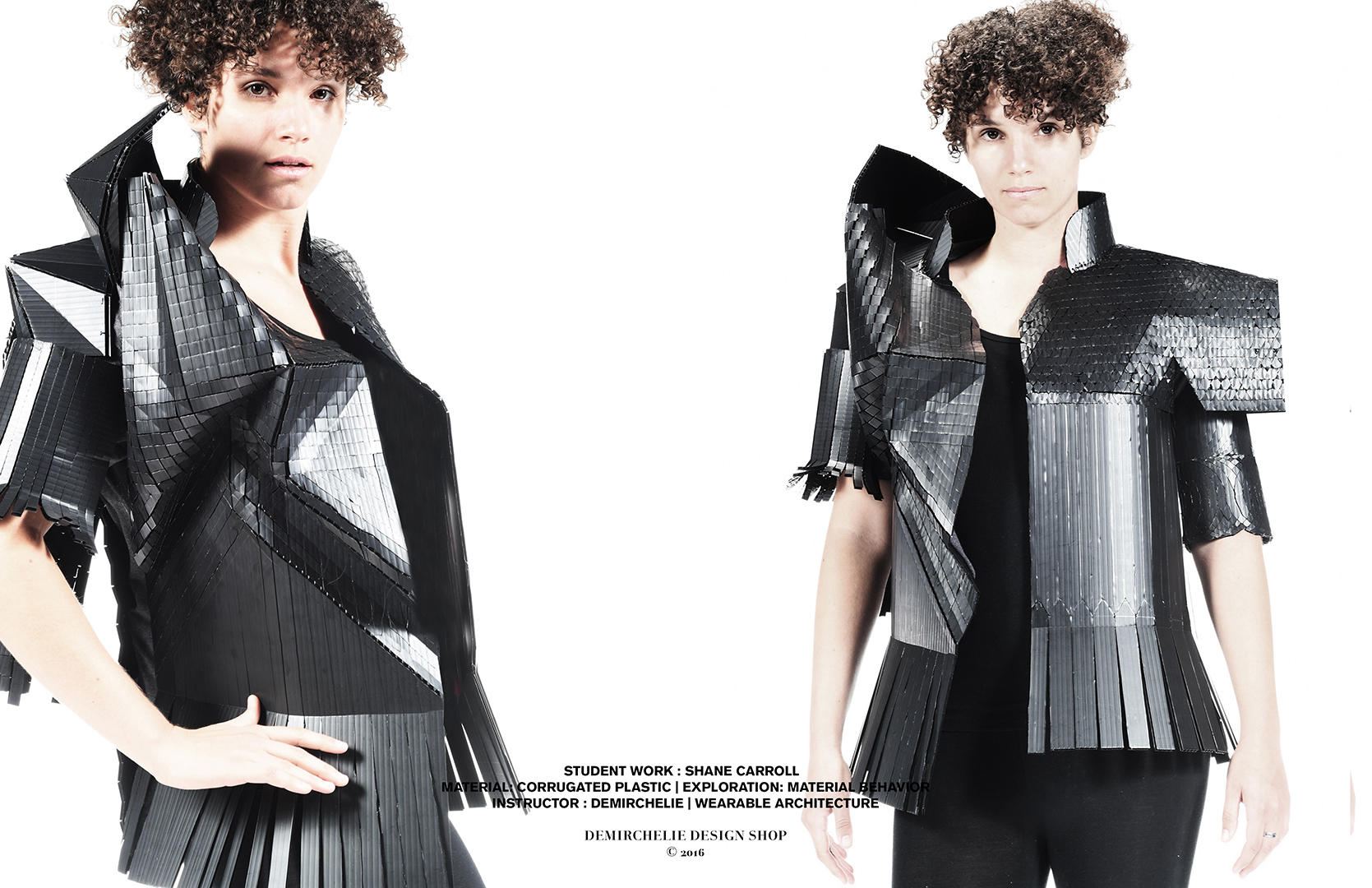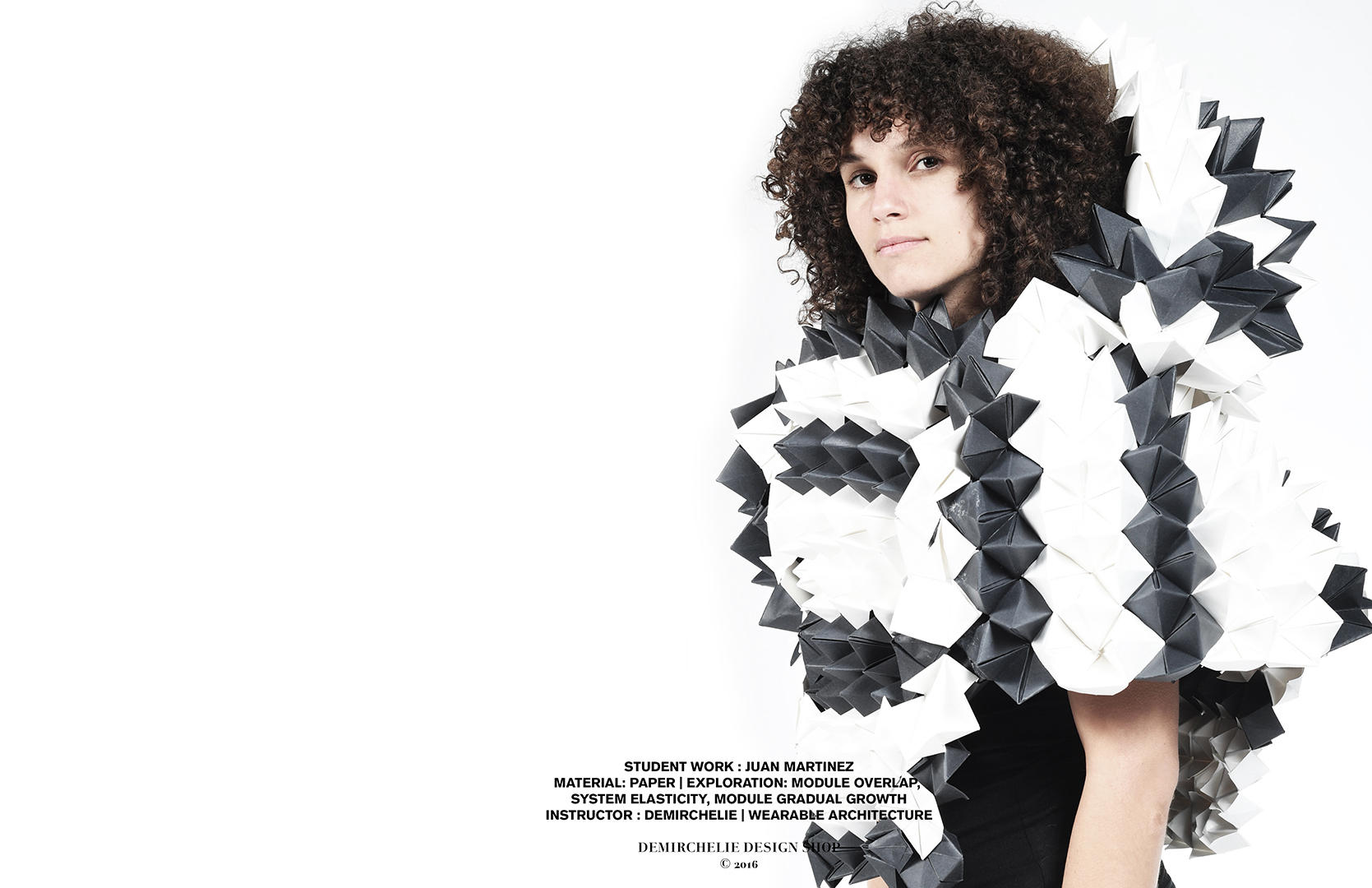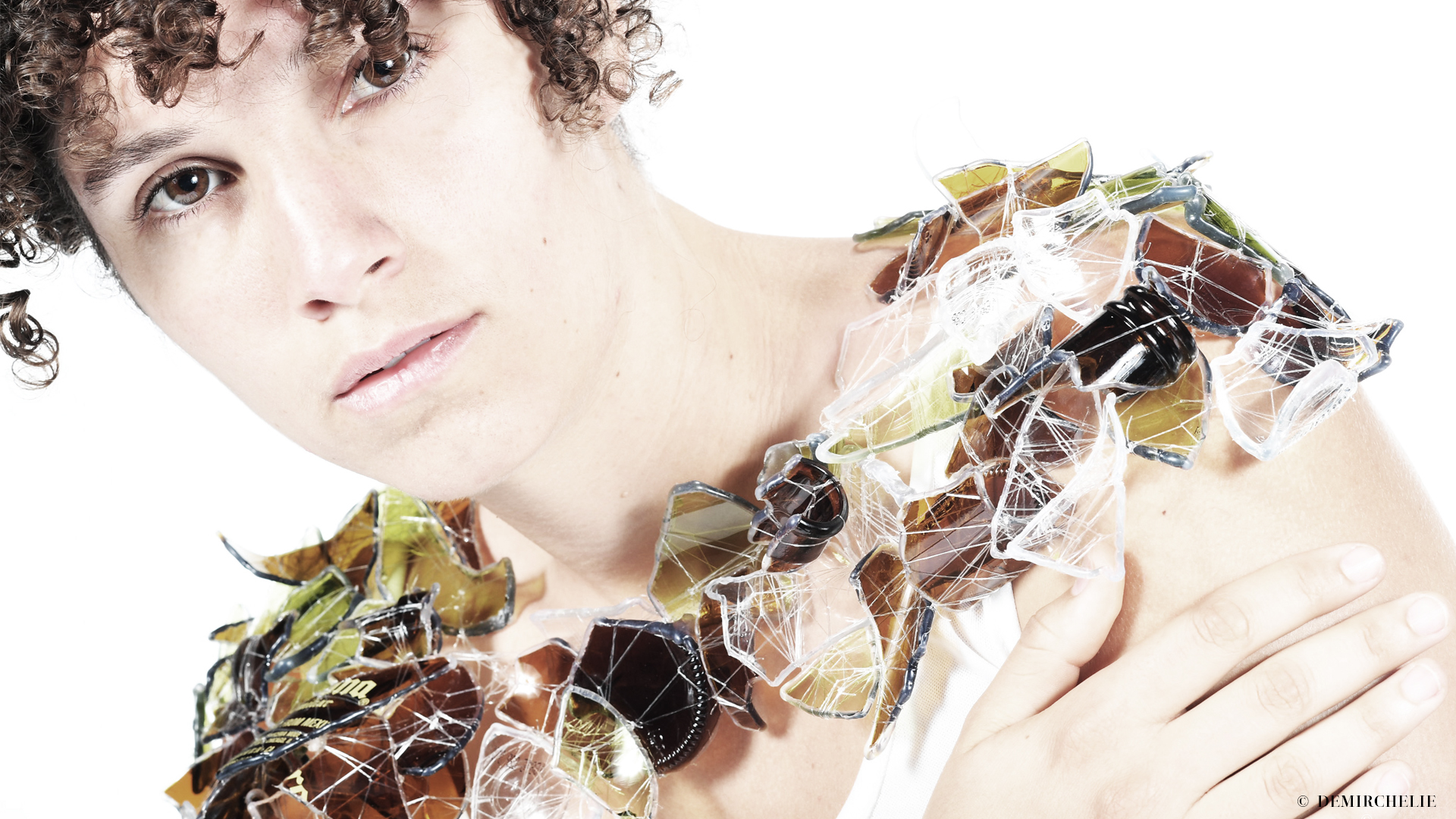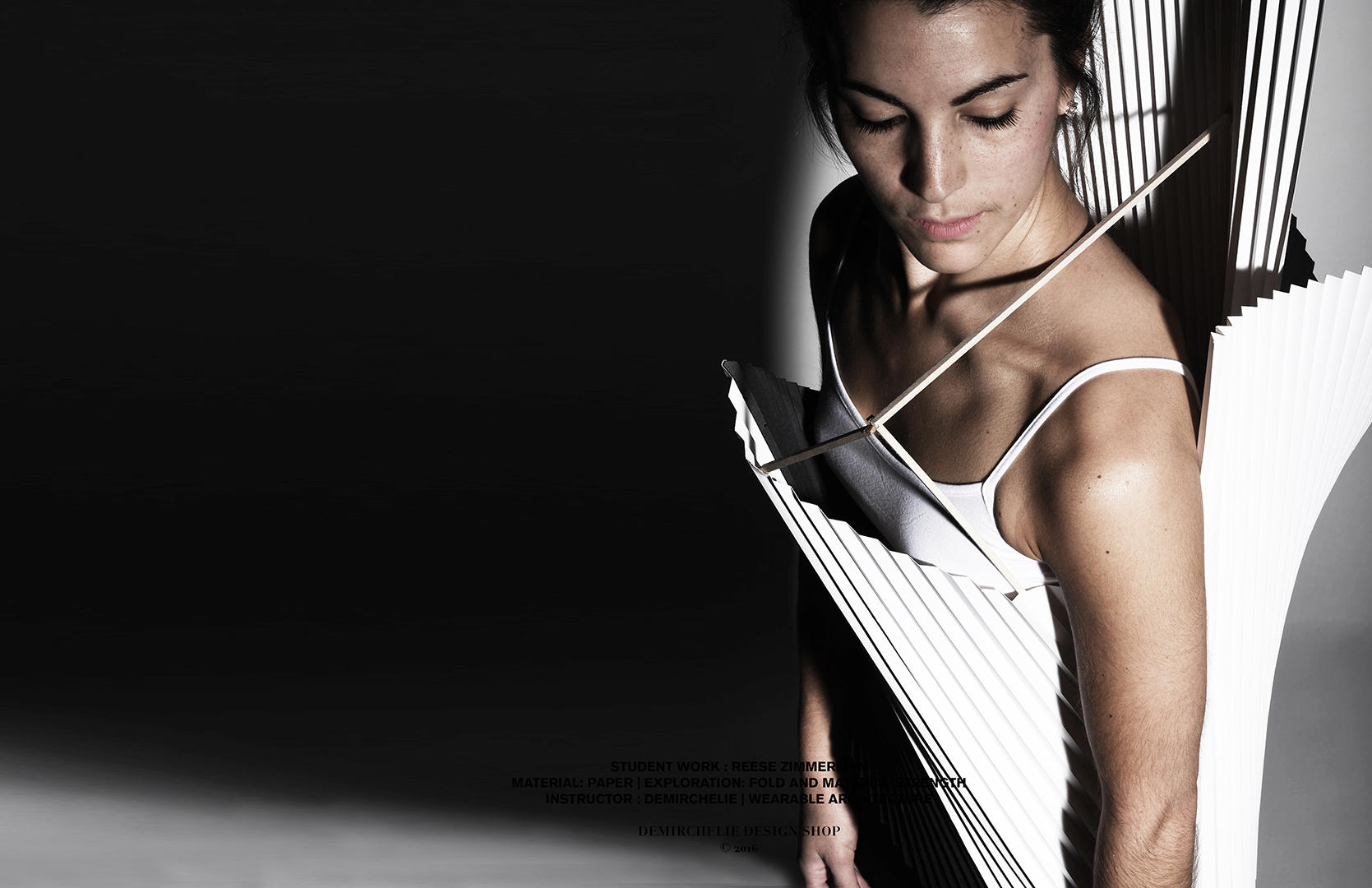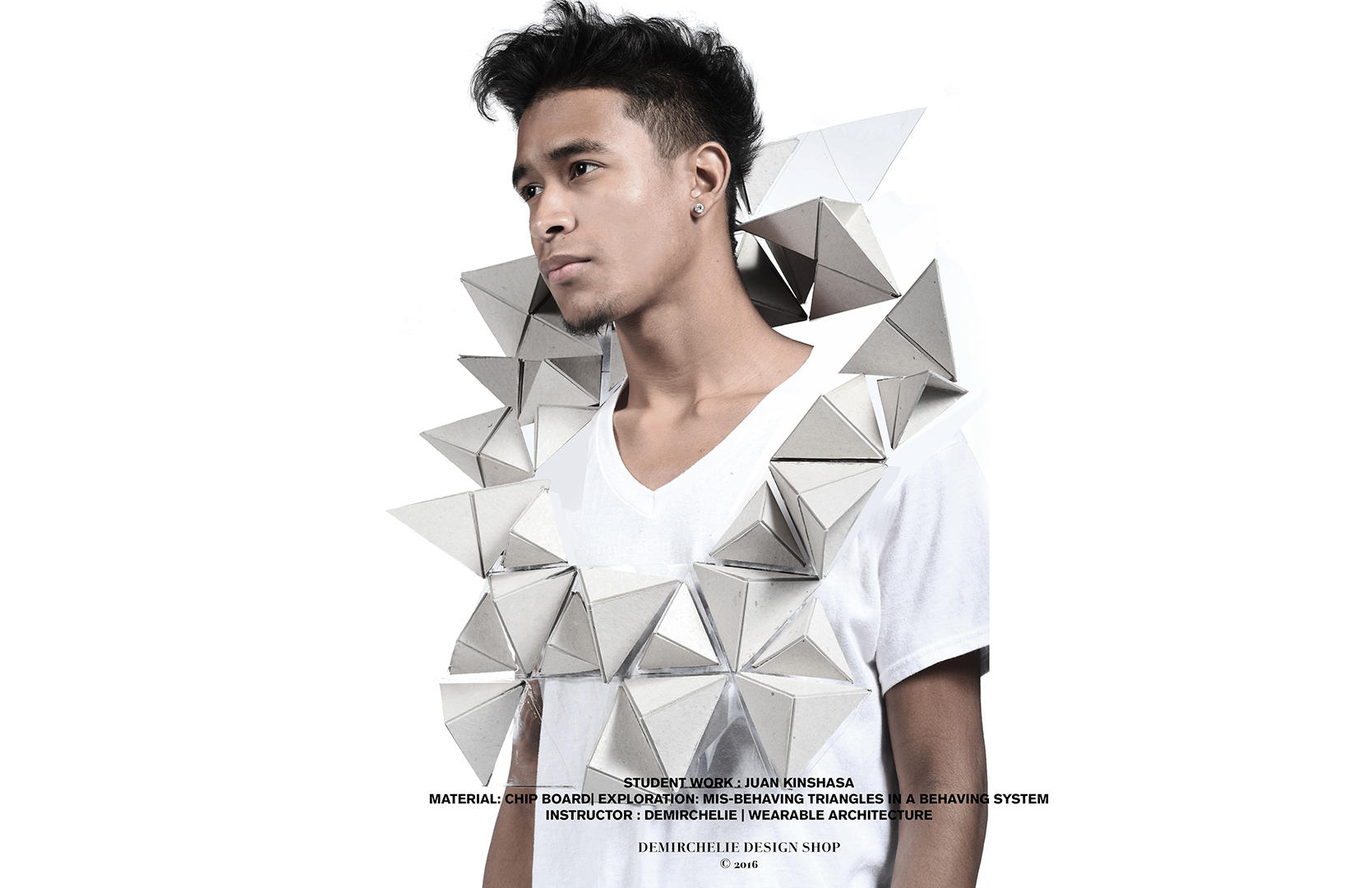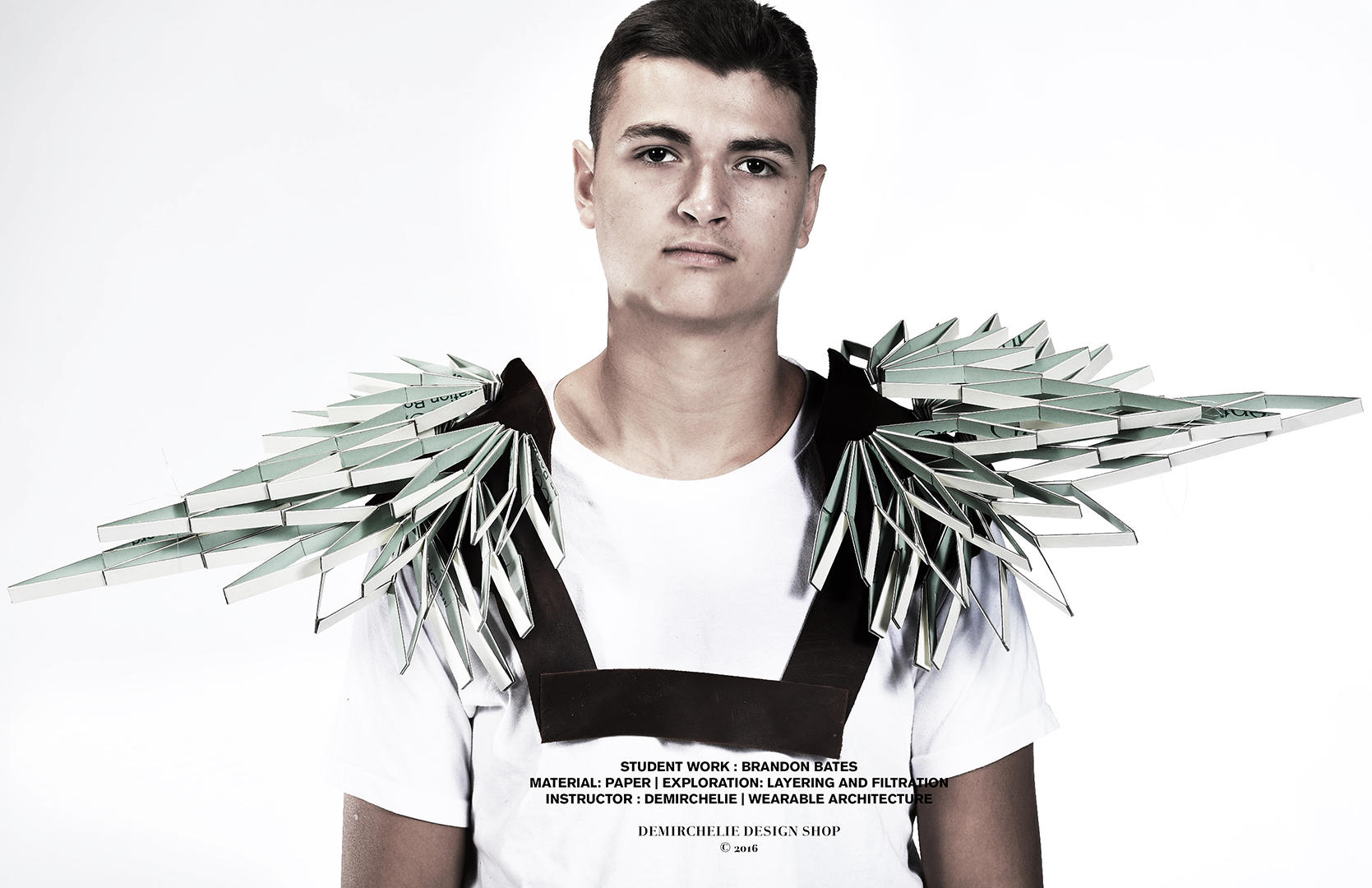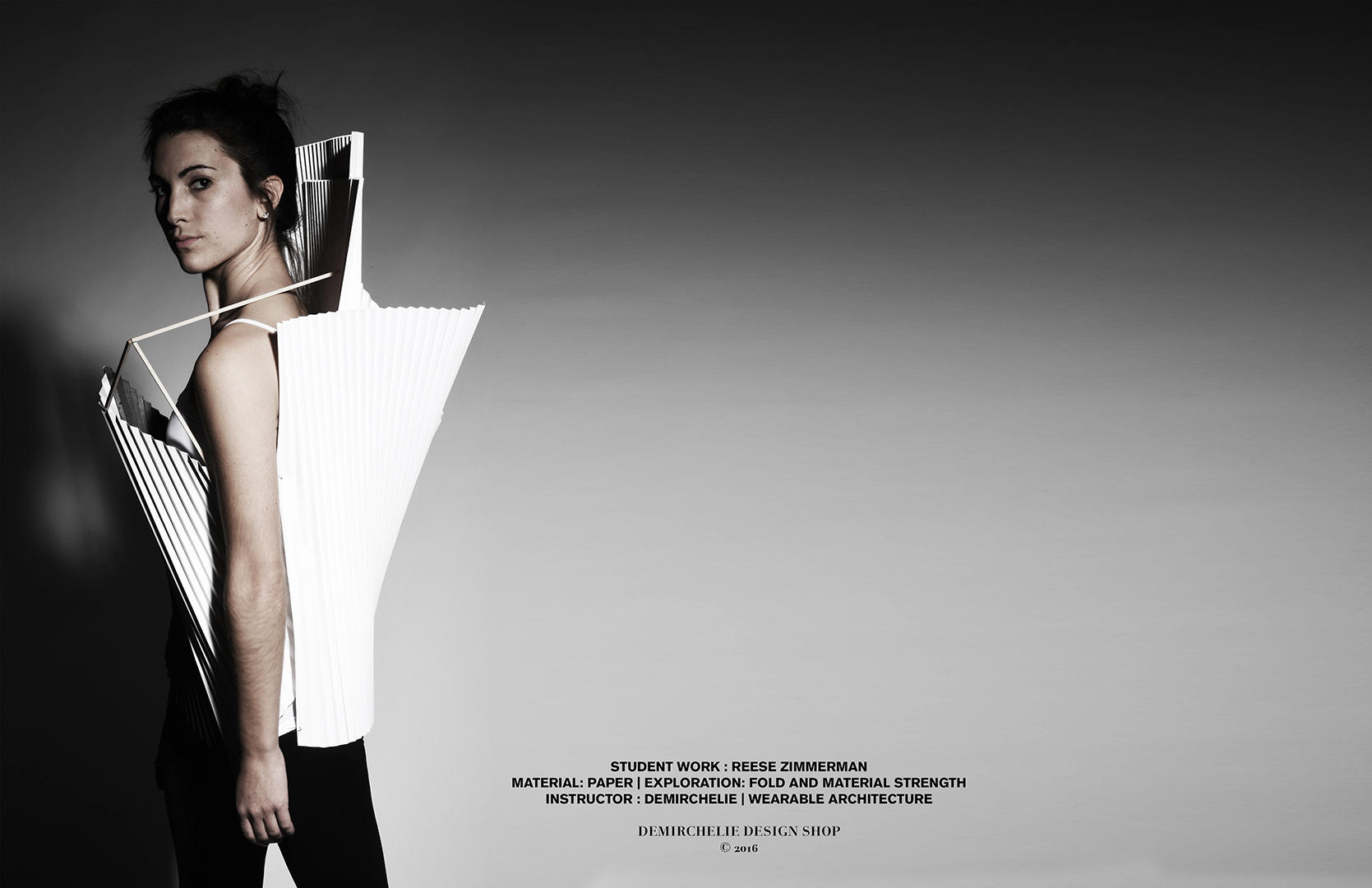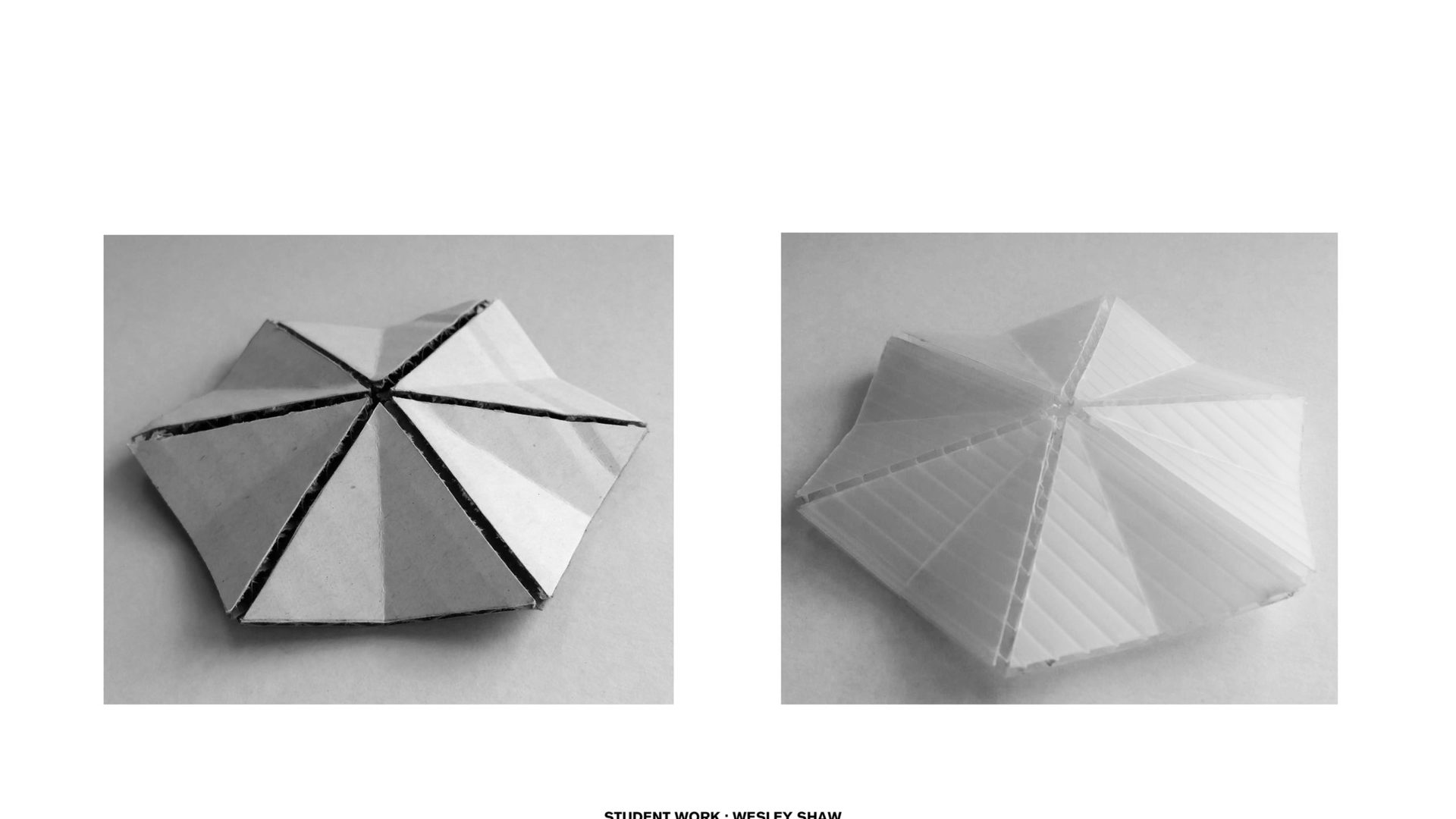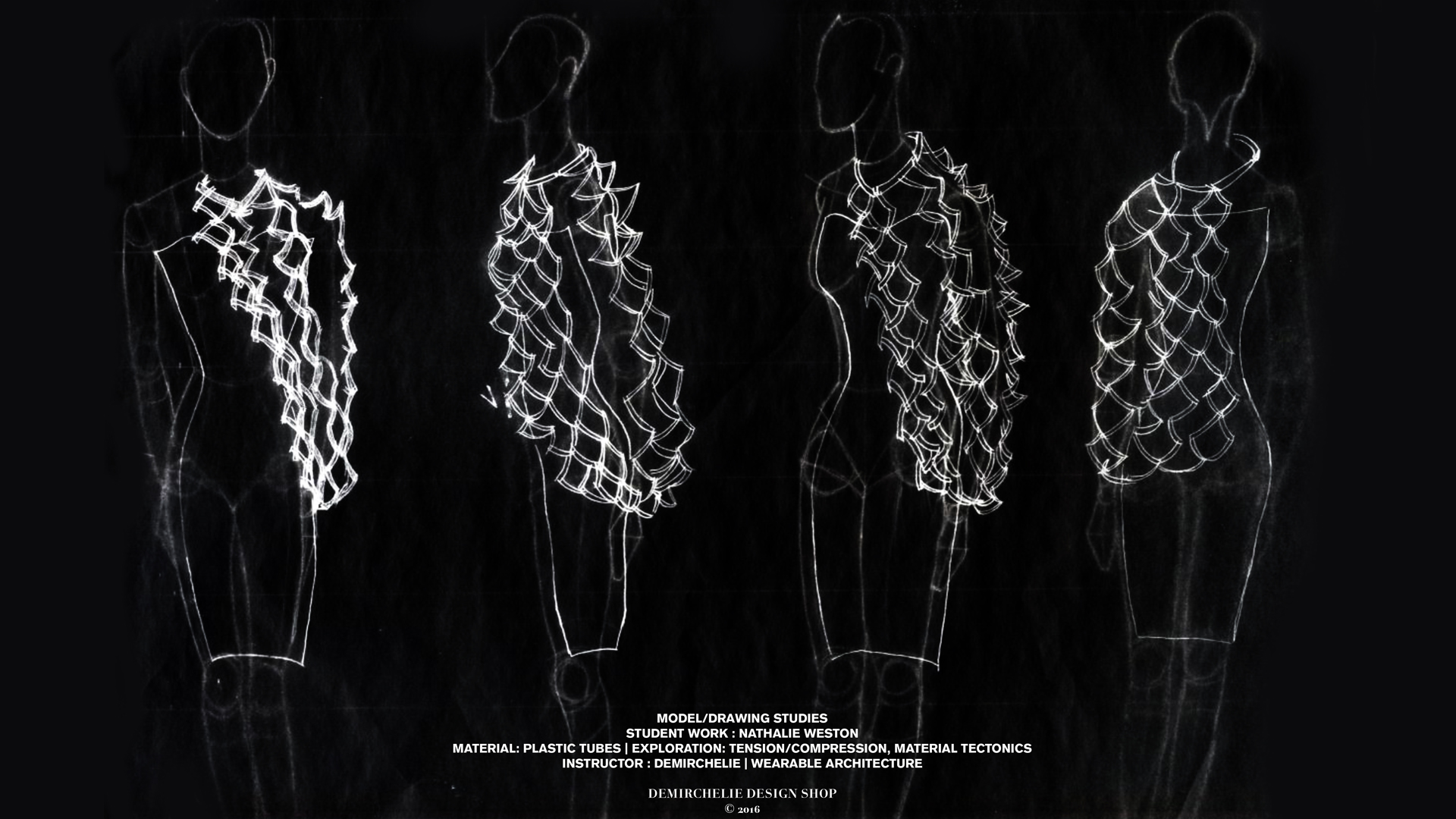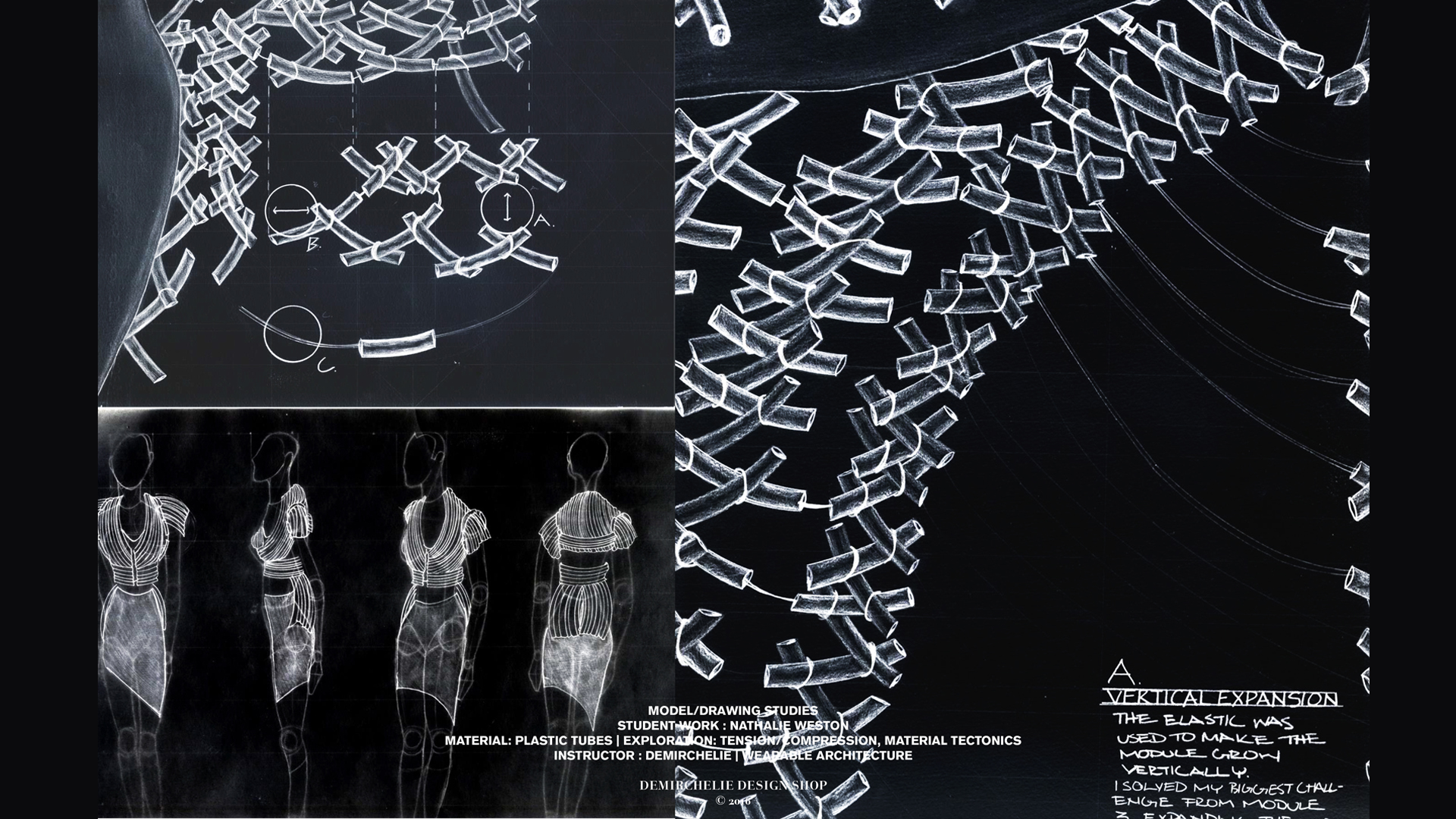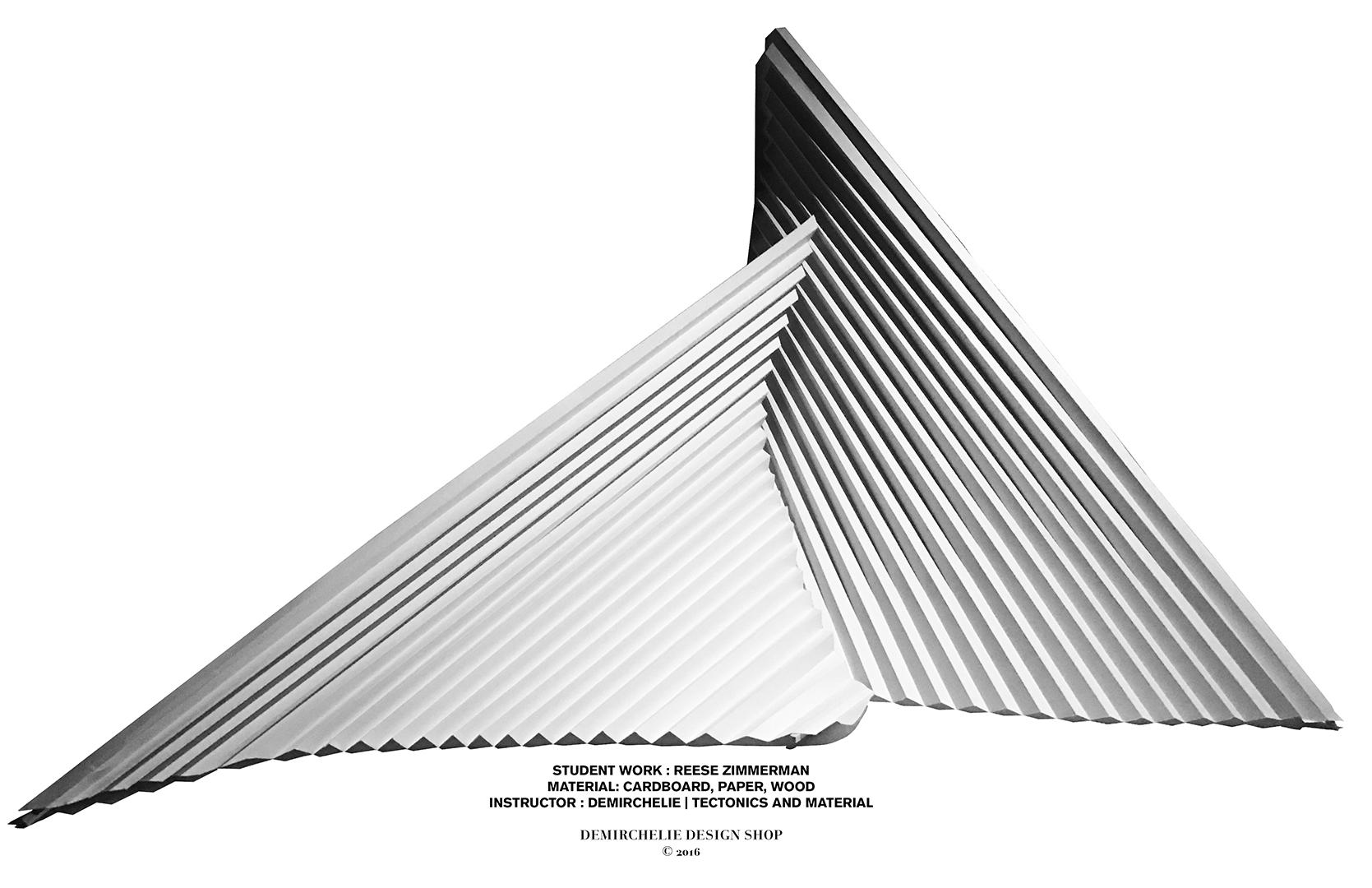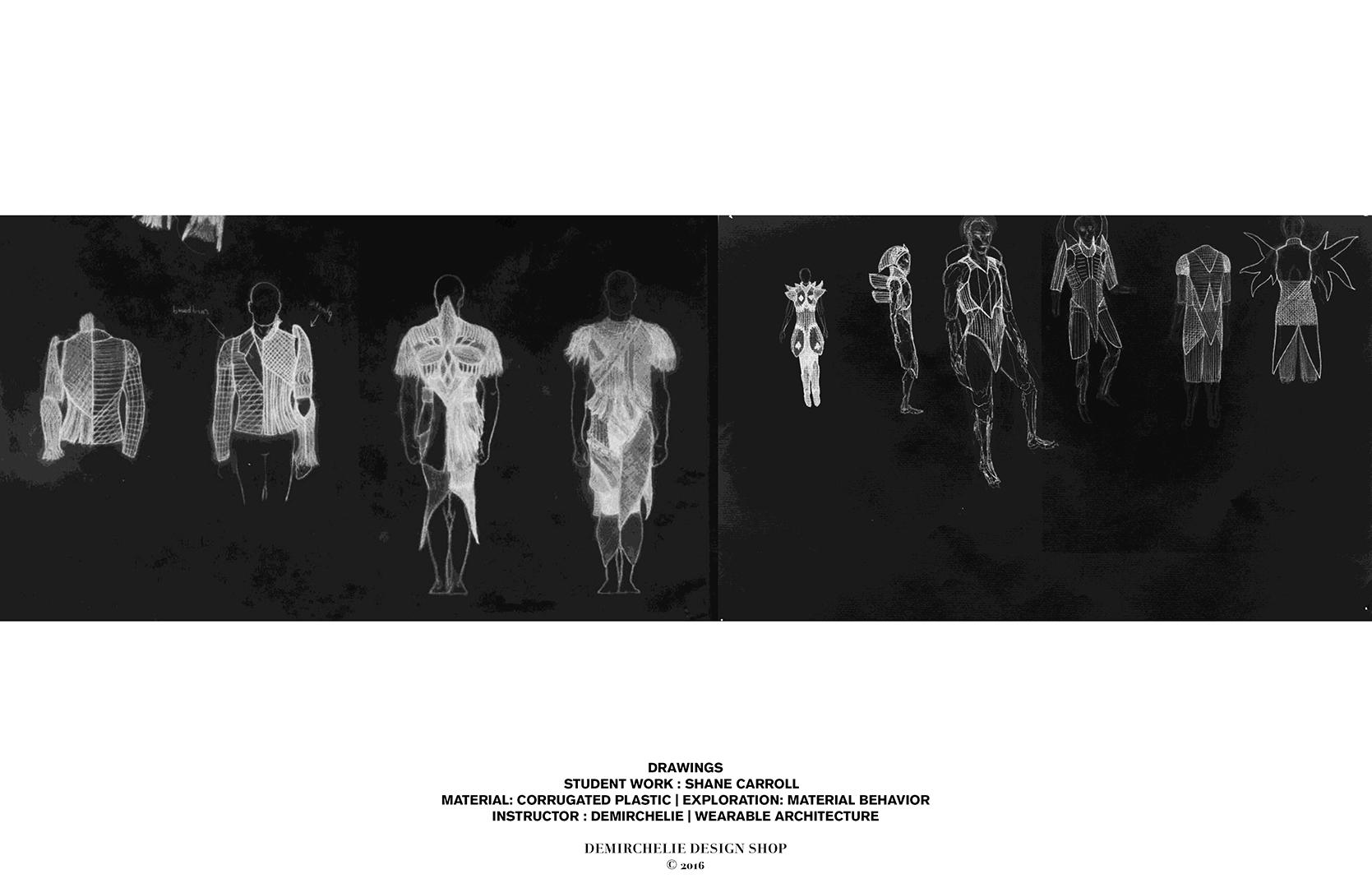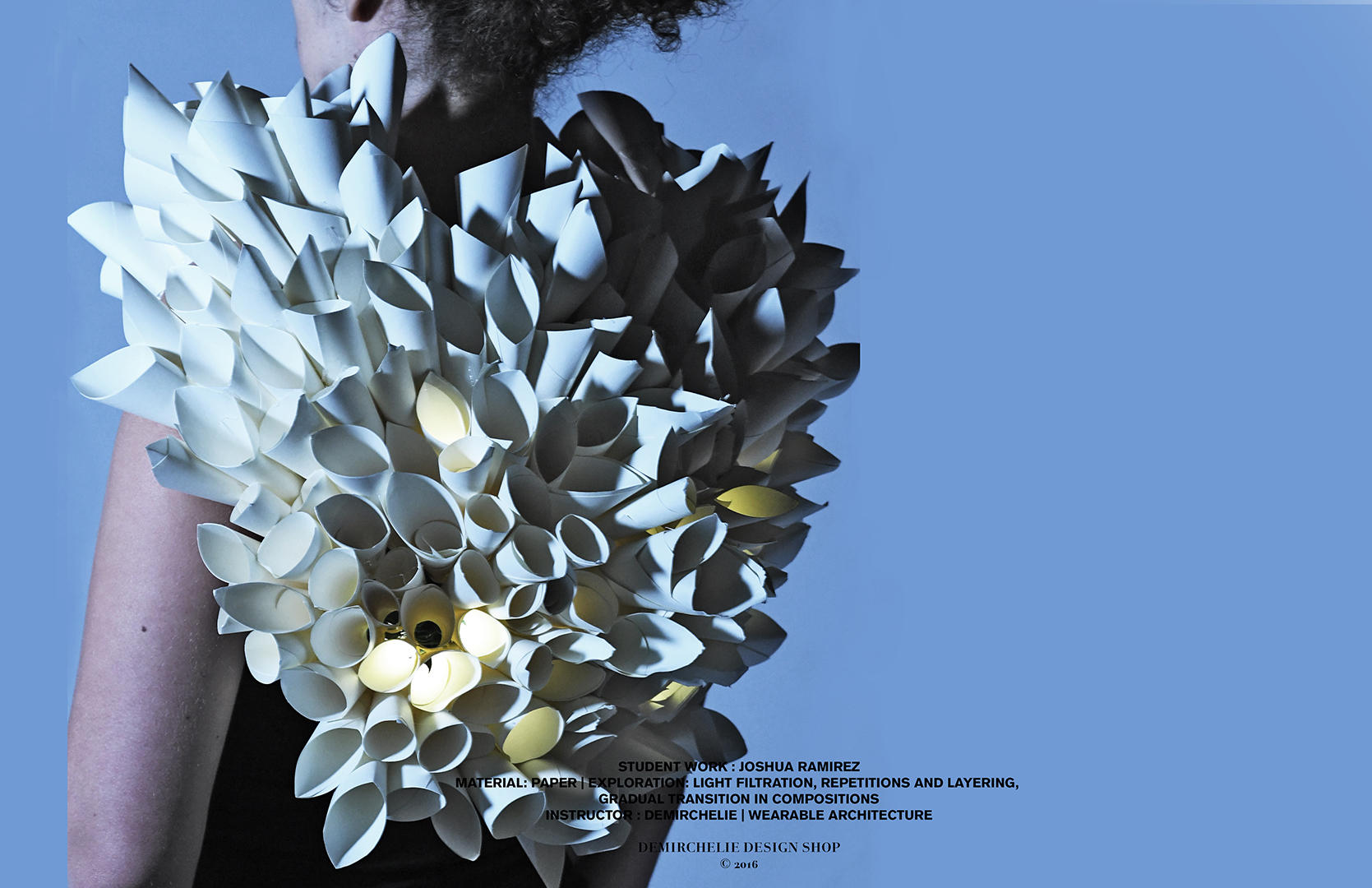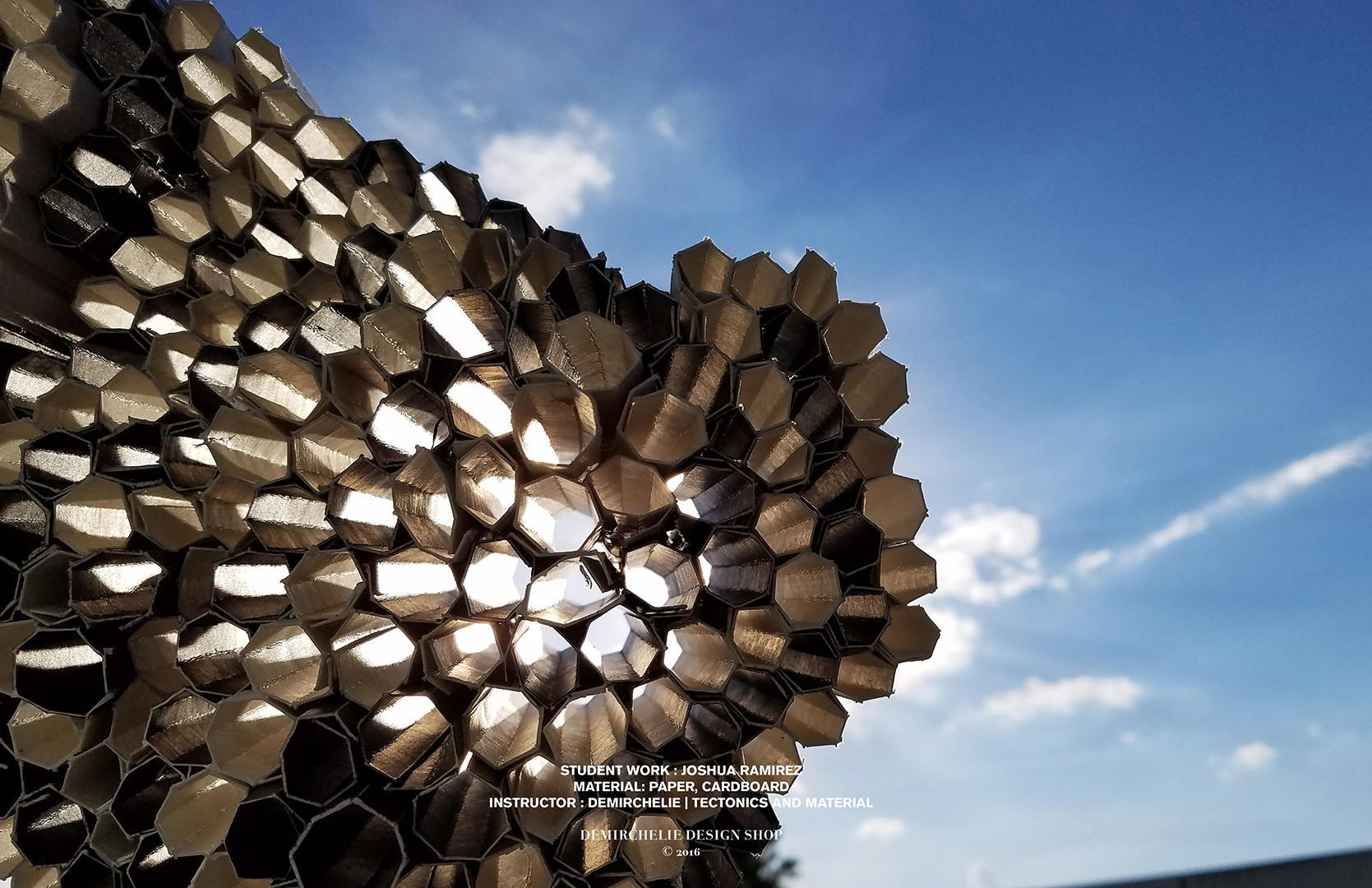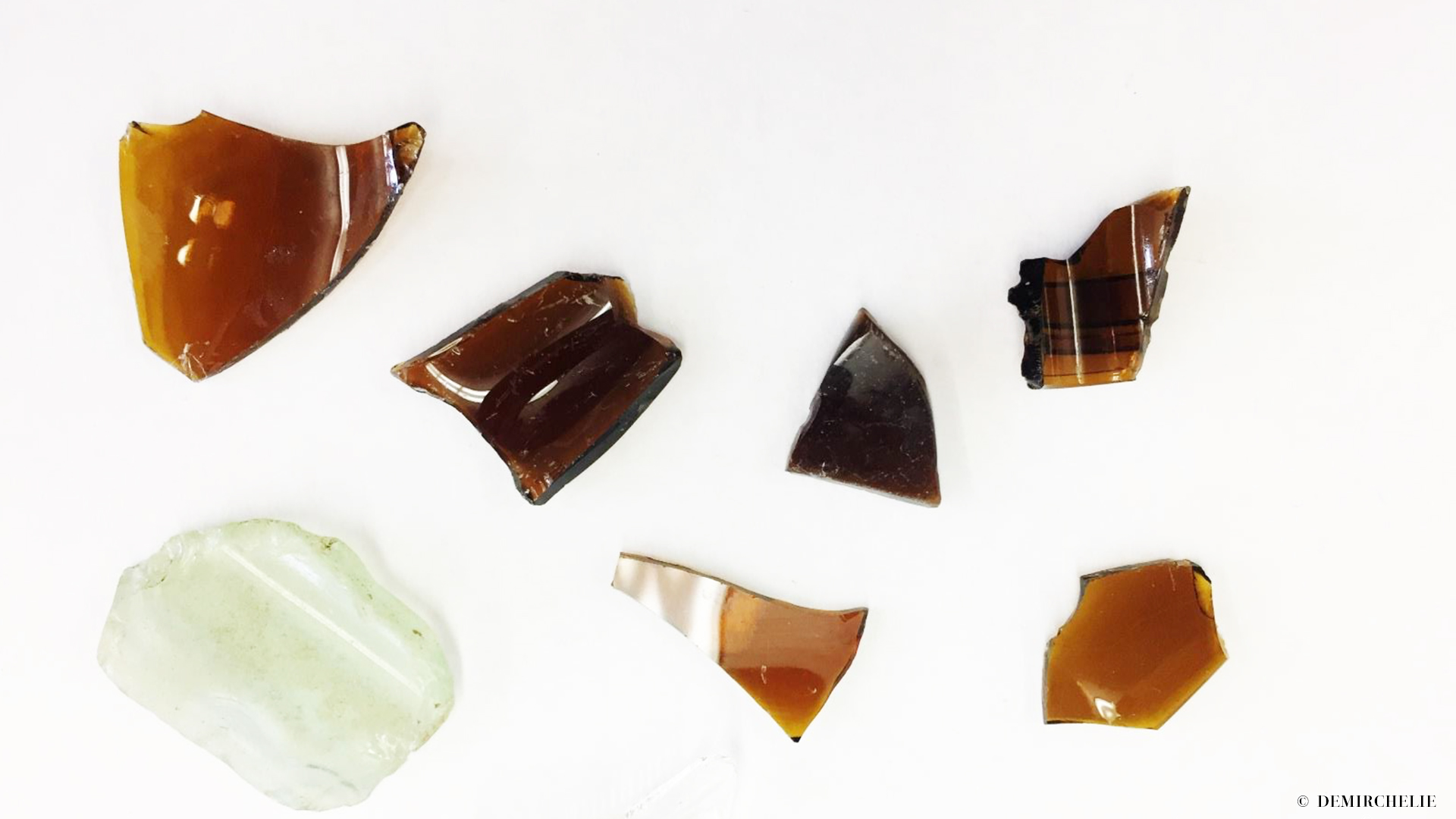Teaching
Teaching, Material and Tectonics
Teaching: Demirchelie Studio, KSU Department of Architecture
Studio Focus: Tectonics and Wearable Architecture
Published Content: Crafting Values, by Elaheh Demirchelie + Dr. Arief Setiwan, National Conference on the Beginning Design Student, 09.12.2016
Our primary intent for the first year studio is teaching the incoming students first and foremost the thought process. Teaching fundamental skills comes at the secondary position. We envision that a good designer is a responsible and sensible designer. Our approach is primarily formal, in which we teach students to identify, document, and alter formal properties and qualities of the built-environment. Our challenge is to direct the findings beyond the formal properties of design processes and inform the students to broaden their investigation to engage in an understanding of the values in the decision making process.
We asked ourselves, how can we link visual literacy with the sense of responsibilities? How can we use drawings and models as an interlocutor to stimulate the thoughts on ethical values and responsibilities? For this purpose, we design the first semester as a series of interlinked modules in which students proceed from exploring the ephemeral and qualitative to the quantitative properties to materiality before they are tasked with designing wearable architecture. This study intends to be a reflection of our pedagogy for the beginning design student. It documents our pedagogical approach in our efforts to engage the notion of values in design and the decision making process. In this study, we will record our findings and challenges in the learning trajectory. The study will also engage literature pertaining to design thinking and to ethics in design.


PEDAGOGY, CRAFTING VALUES
Elaheh Demirchelie + Arief Setiawan
The Craftsman, Richard Sennett challenges the distinction between manual labor and intellectual work. He argues that craftsmanship is not only about developing technical skills, but also about deeper cognitive values. He points out that manual labor meant an engagement with the material world, in which a person had to deal with challenges and resistance that emerged out of material conditions. Learning to achieve good craftsmanship would allow one to learn to negotiate, to work with resisting forces, and even to sympathize with the material world. In this vein, Sennett argues that craftsmanship in making artifacts could inform a person in experiences in social life. Thus, craftsmanship possesses ethical and political dimensions.
The design foundation studio in our institution tended to emphasize on providing basic knowledge and skills in design, mainly in formal principles and techniques in representation and fabrication. However, within this context, we would like to activate our vision that a good designer is a responsible and sensible designer who is sensitive to existing conditions. For this purpose, we took from Sennett’ meditation on craftsmanship two keywords, that is, engagement and negotiation.
We devised a project on wearable architecture as a way to introduce the engagement with materials and the human body. More specifically, we framed the project as a series of negotiations with materials, the human body, the collective, and time. We choreographed the project as a set of exercises, each of which challenged students not only to discover formal and tectonic properties and act on those discoveries, but also to question appropriate design responses that took into considerations the impacts on the body, the others, and the environment.
Students first explored materials derived from found objects. Then, they worked in pair to study properties and limits of the body and also to engage with the dynamics of social interactions. We asked students to develop design iterations based on findings and considerations of materials and the human body. Further, we challenged students to work within time constraints.
Students had to produce a full-scale artifact. In the end, students formed groups to test their design iterations on their peers. Along the way, we emphasized the documentation of the process, the findings and the thought process through drawings, models, mock-ups, and diagrams. In this vein, we ask how can we activate drawings and models as an interlocutor to stimulate the thoughts and conversations on the sense of responsibilities and values?
FUNDAMENTALS OF DRAWING AND MODEL MAKING | STUDENT WORK | WEARABLE ARCHITECTURE
The students body of work includes perspectives, axonometrics, graphics and composition, process of drawing analysis, sculpting and model making by hand.
Student List
Shane Carroll, material focus: corrugated plastic
Wesley Shaw, material focus: paper, cardboard and plastic
Nicole Crawford, material focus: recycled glass pieces and wire
Reese Zimmerman, material focus: paper in various thicknesses
Nathalia Weston, general focus: tension and compression in various plastic tubes
Juan Martinez, general focus: modularity and overlap
Juan Kinshasa, general focus: mis-behaving triangles in a behaving system
Joshua Ramirez, general focus: light filtration, repetition and layering;
Brandon Bates, general focus: geometrical layering and composition.
